Help break the cycle of poverty in Liboro, Philippines
In the small town of Liboro, Philippines, sponsorship has the possibility of transforming the lives of young people by sending them to school.
In 2019, the Armor Group donated 2000 solar panels to Children of the Mekong, which were sent by boat to Thailand. At the same time, our organisation bought battery-powered solar lamps in order to distribute complete kits to villages without access to electricity.
The area chosen is in the Tak province, north of Maesot in the Tha Song Yang district. The villages in this area are very remote and difficult to access. We work with three fathers from the Foreign Missions Society in Paris who are in charge of seven sponsorship programmes for Children of the Mekong. These include a nursery school, two primary schools in the villages and four homes close to government schools, (one for primary, two for younger secondary school students, one for older secondary school students).
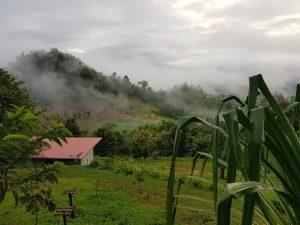
The Karen people are an ethnic group living in the mountains around the border between Burma and Thailand. Most live on the Burmese side, but around 400,000 live on the Thai side. Allied with Thailand from the 18th century, they settled in uninhabited mountainous areas south of Chiangmai and received nationality during the 19th century.
Their villages are lost in the heart of the mountain, away from the economically developed part of the valley, accessible by dirt tracks often difficult to travel on by car in the rainy seasons. They live semi-economically independently with the cultivation of rice, barely sufficient for the needs of the villages. Their fields on the mountainside are far from the villages and the Karens regularly stay in huts close to crops for several days to ensure the work can be done. They also practice gathering, fishing or hunting to supplement their diet.
The large majority of villagers, of all generations, work in the rice fields. Children go to school; they don’t take part in agricultural work. For the past fifteen years, the majority of young people no longer stay in the village. They go to town to continue their education or to work for a while. Most often, these young people then return to live in their home community to start their own families, tired of the precarious conditions of city life.
Certain villages have limited access to electricity. They use a lamp at the entrance of their house, which shines dimly. When night falls at 18:30 during the rainy season, the village “lights up” with these lamps, but life continues using torches to move, cook or wash.
However, the majority of villages don’t have access to electricity and so are plunged into darkness. Often, some of the villagers don’t have torches. Life is therefore regulated between dawn and dusk.
The lamps, equipped with a battery that allows them to shine for almost 5 hours between 2 recharges, are light and transportable (100g). They charge through a USD cable, directly from the panel or thanks to a battery supplied with the panel.
Use for lighting:
• In houses and in the village in the evening: dinner, homework, going to the toilet, moving around the village
• In the field cabins during harvest
• Travelling in the evening
Use for music:
For numerous years, many families have obtained portable speakers to listen to music after work. It is a much-appreciated comfort in these villages, where only the sound of the forest is audible at night normally.
Use for phones:
While there is rarely a network connection in Karen villages, all families now have a telephone. It is mainly used when travelling to the city, but it is also an opportunity to check in with loved ones, look at pictures or listen to music. There are more and more areas where the signal is available around the village. Villagers go there from time to time to keep in touch with the outside world.
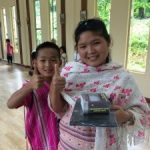
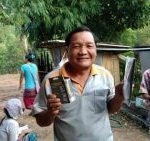
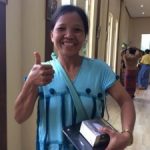
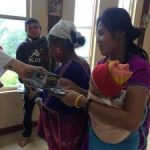
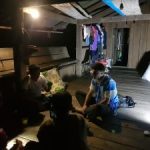
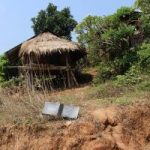
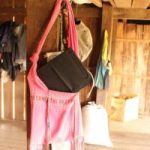
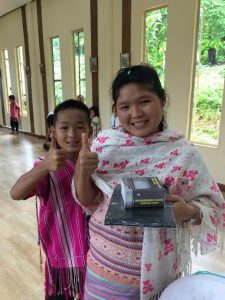
“My little folding solar panel is very practical. Usually, these technical matters are my husband’s privilege. I don’t understand a thing. Now I go to the mountain fields with my panel in the bag and its power bank. Often we have to sleep there if the day’s work is not done. I am now autonomous thanks to this very efficient little panel and its power bank. Before, you had to carry a battery. It was heavy and you had to think about recharging the battery before leaving. It is all in the past. I gained autonomy. ” – Minamo
“I have thought about equipping our field house with a solar panel for a long time. Our fields are a two-hour walk from the village. We stay there for several days during work-heavy periods. We sleep and eat there. All the necessary material equipment is left there so that only food is heavy to carry. We spend a lot of time there. Putting a solar panel in this hut was a dream — to have some light and be able to listen to music when it was time to rest. Thank you so much.” – Yuropa
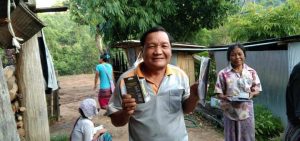
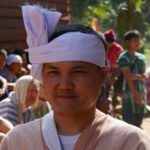
“When I received the panel and the lamps, of course, I was incredibly thankful but I was laughing inside because it looked more like a toy than a real big solar panel like the ones we see here! ‘What light could these little lamps give?’ I joked with my wife. We still took it to our house in the fields knowing that either way it would be better than nothing. To our surprise, the lamp was powerful and illuminated very well. It lasted a long time. My wife and I said to each other that the new panel was like the Karens: small but strong! Thank you so much!” – Philipa
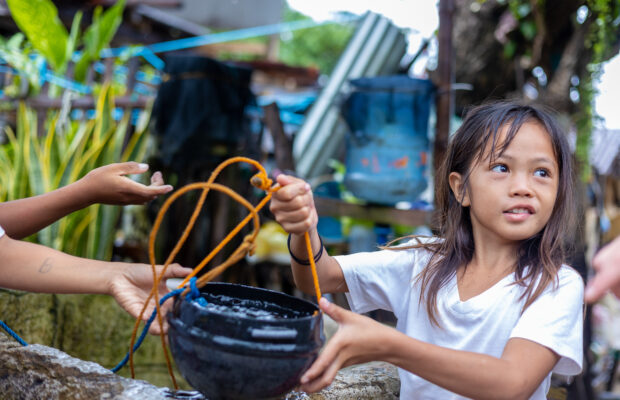
In the small town of Liboro, Philippines, sponsorship has the possibility of transforming the lives of young people by sending them to school.
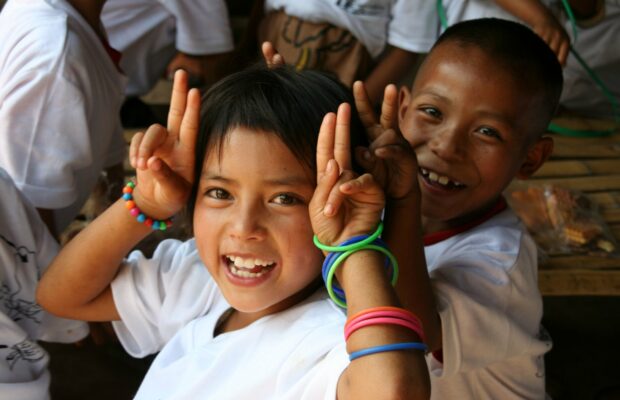
In this neglect community not far from Bangkok, sponsorship is vital in supporting the basic needs of families, enabling their children to attend school. […]
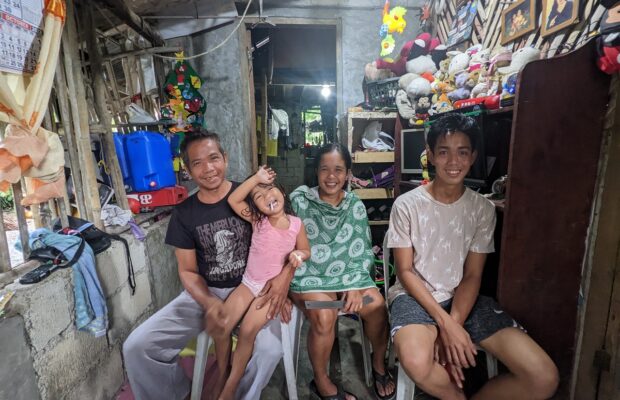
In this isolated region in the north of the country, it is difficult if not impossible for the poorest families to send their children […]